Recovery after brain injury: Exercises for balance
6 fall prevention exercises to do at home
People with acquired brain injury (ABI) often have problems with balance, including dizziness and loss of balance at some point in their recovery. In some cases this can be an ongoing challenge.
Nikki is a qualified fitness instructor and also Headstart’s Rec Group coordinator. Here Nikki takes Ron through a series of simple exercises to help improve balance, coordination and help to prevent falls. Carers and support workers: this is a great series of exercises to help with building the core muscles of those you support. These exercises don’t need to be done in any sequence or all at once to get the benefits, as there is a cumulative effect.
Exercise 1: Heel to Toe Walking
Stand with one foot in front of the other so you are in a “heel-toe” position. Use a chair for support, as needed. Hold this position for 10 seconds on each side.
Repeat 2 to 3 times.
Why this is important: This exercise is great because it puts your body into a narrow stance. With a decreased base of support, you will challenge your muscles to keep you centered!
Exercise 2: Knee raises (standing marches)
Stand with your feet shoulder-width apart. While holding on to a chair, raise one leg in a marching motion. Alternate legs. Focus on smooth, controlled movements and keep your body tall to avoid leaning side to side. You can make this exercise more difficult by letting go of the chair.
Perform 20 marches (10 on each leg). Repeat 2 to 3 times.
Why this is important: This exercise is great for improving hip strength and single-leg balance. If your feet ever catch the ground while you’re walking, you’ll benefit from this exercise!
Exercise 3: Side leg raises
While holding onto a chair, raise your leg to the side, returning to the starting position each time. Perform each motion 5 to 10 times on each leg.
Repeat 2 to 3 times.
Why this is important: This exercise builds strength in the hip muscles, which help maintain stability with walking, turning, and going up and down steps.
Exercise 4: Heel raises
Stand with your feet shoulder-width apart. While holding onto a firm surface, lift your heels off the ground. You should feel most of your weight shift to the front of your feet, as if you’re standing on your toes.
Perform 10 repetitions. Repeat 2 to 3 times.
Why this is important: Your calf muscle contributes to balance because it controls your ankle position. When you feel unsteady or need to correct your balance, you’ll use your ankle muscles to reposition. Stronger calf muscles lead to better balance!
Exercise 5: Foot taps
Stand tall, facing a step. Beginners should use support from a handrail or back of chair until balance improves. In a controlled motion, lift one foot, tap the step for one second, then return to your starting position. As you repeat this motion, you should focus on consistency and control with each tap.
Perform 10 repetitions on each leg. Repeat 2 to 3 times.
Why this is important: This exercise helps improve coordination for ascending and descending stairs. After strengthening your coordination with this exercise, you won’t catch yourself tripping on a step anymore.
Exercise 6: Sit to stand
Sit with your feet shoulder-width apart, keep the weight in your heels, in a slow and controlled motion raise your body to a standing position. Return to a seated position.
Perform 10 sit to stands. Repeat 2 to 3 times.
Why this is important: If you’ve ever felt unstable when sitting or standing up from a chair, this exercise will help build strength and coordination!
More exercises for improving balance
In this video Peter, Headstart's karate class Sensei, takes Ron through another series of simple exercises to improve balance, coordination and to help prevent falls. Ask your support worker or carer to help and try these at home!









